The Mabinogion: Wales' monsters and mythical beasts
- Published
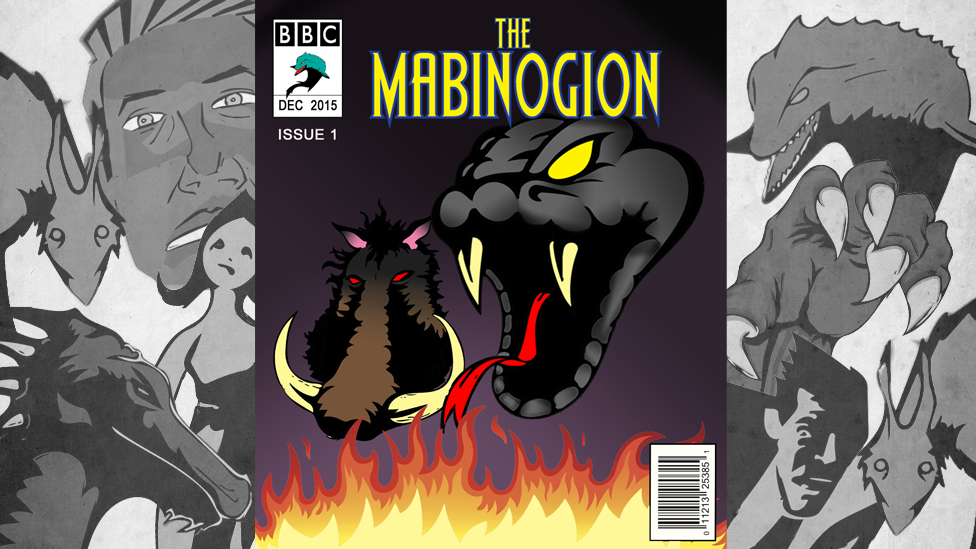
"I know where you are going," a woman tells heroic Peredur as he journeys through mythical Wales, "you are going to fight the (lake) monster."
It is more than 165 years since the first English translation of The Mabinogion - a set of Welsh medieval tales - told of the land's fabled beasts and monsters.
Lady Charlotte Guest's conversion of the 11-story collection, created centuries ago, feature Rhiannon's Birds, the Afanc and a nameless claw.
But what is the meaning and legacy of Wales' fantastical fauna? The BBC asked a Cardiff University expert to explain.
'Full of spirits'
Dr Juliette Wood, a medieval folklore and Celtic tradition specialist, believes the cast of magical and sometimes shape-shifting brutes link readers - both historical and contemporary - to a "supernatural dimension".
"We don't like to think there is no meaning to life," she said. "We now know that life is essentially random.
"But we don't like that. We would rather it were full of spirits."
There is the Afanc, a "cunning" lake monster who kills men from the blind depths of a cave using a poisonous spear, in the story Peredur son of Efrog.
Cardiff University's Dr Juliette Wood explores some of the magical menagerie contained in The Mabinogion
Readers also encounter a salmon rode by men, talking birds and a horse of immeasurable speed.
The steed, ridden by mystical figure Rhiannon, is first encountered at Gorsedd Arberth, a mound connected to the "other world" and thought to be near modern-day Narberth, Pembrokeshire.
But Dr Wood's favourite beast is one she "can't describe".
"And no-one can," she added. "Because it is never known what it is."
'A scream'
It appears as Teyrnon Twrf Liant, a mythic lord, waits in his stable at night in the hope of discovering what force has been snatching his foals, in The First Branch of The Mabinogion.
An "enormous claw" reaches in and Teyrnon hacks it off, with the creature releasing a horrendous "noise and a scream". The wounded behemoth escapes unseen by the time Teyrnon runs outside.
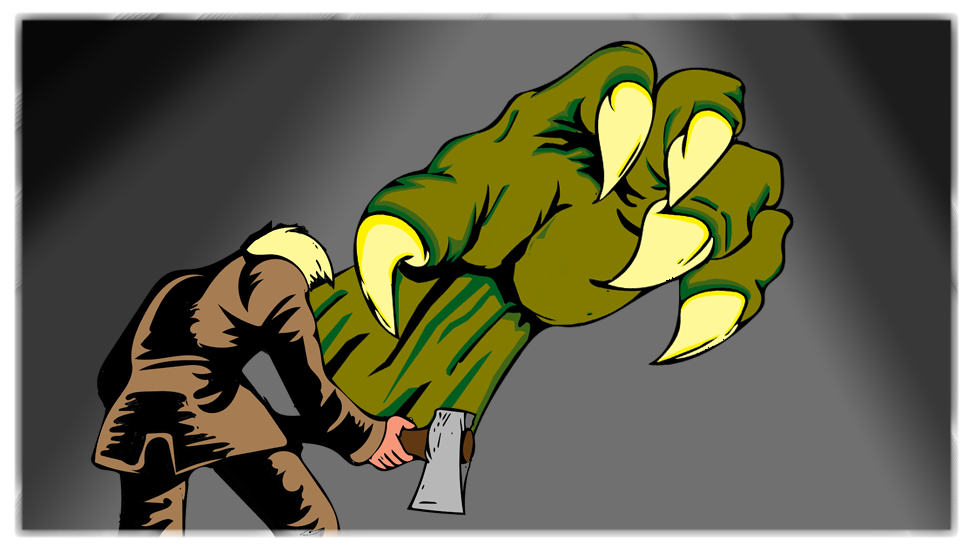
"It doesn't have a name. It's just 'The Monster'," Dr Wood said. "It's amazingly sinister."
Of course, the red dragon is the creature most closely associated with Wales.
The tale of Lludd and Llefelys features two warring dragons - a reference to the legendary battle between the red and white - who are eventually gorged on mead and then imprisoned in Snowdonia.
"But you do not have a lot of other dragons in Welsh mythology," Dr Wood added, "which is quite interesting."
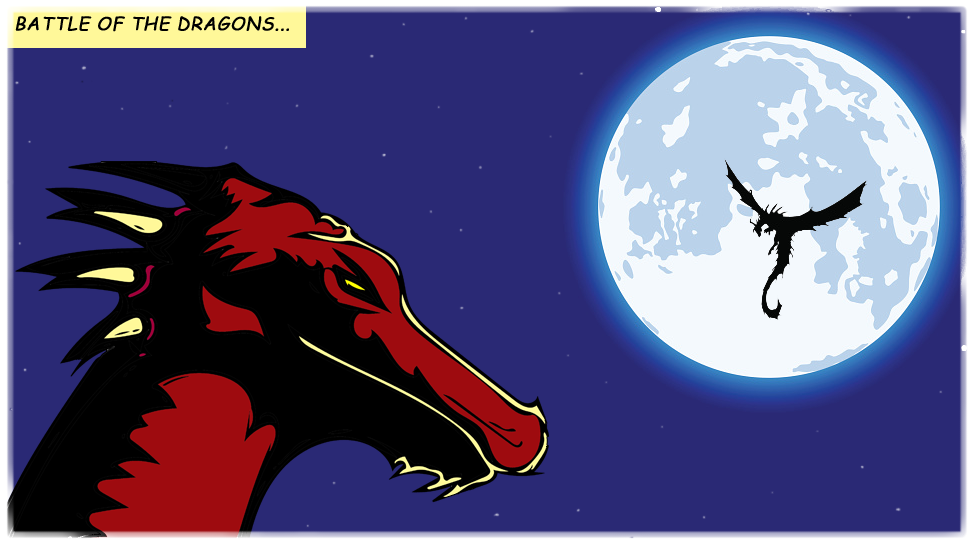
She said there are no mythological tales truly unique to Wales.
"What is unique and what is special about The Mabinogion is the way it's localised. It's sort of tied-down specifically to the Welsh landscape.
"You can actually point to these [places] in the Welsh landscape, and it makes it seem as if these stories are ours and ours alone."
For instance, the trail of the most savage and devastating creature in the stories can be clearly traced across Wales.
Twrch Trwyth is a massive, enchanted boar hunted by King Arthur, who wants to retrieve a razor and shears from between the animal's ears, in How Culhwch Won Olwen.
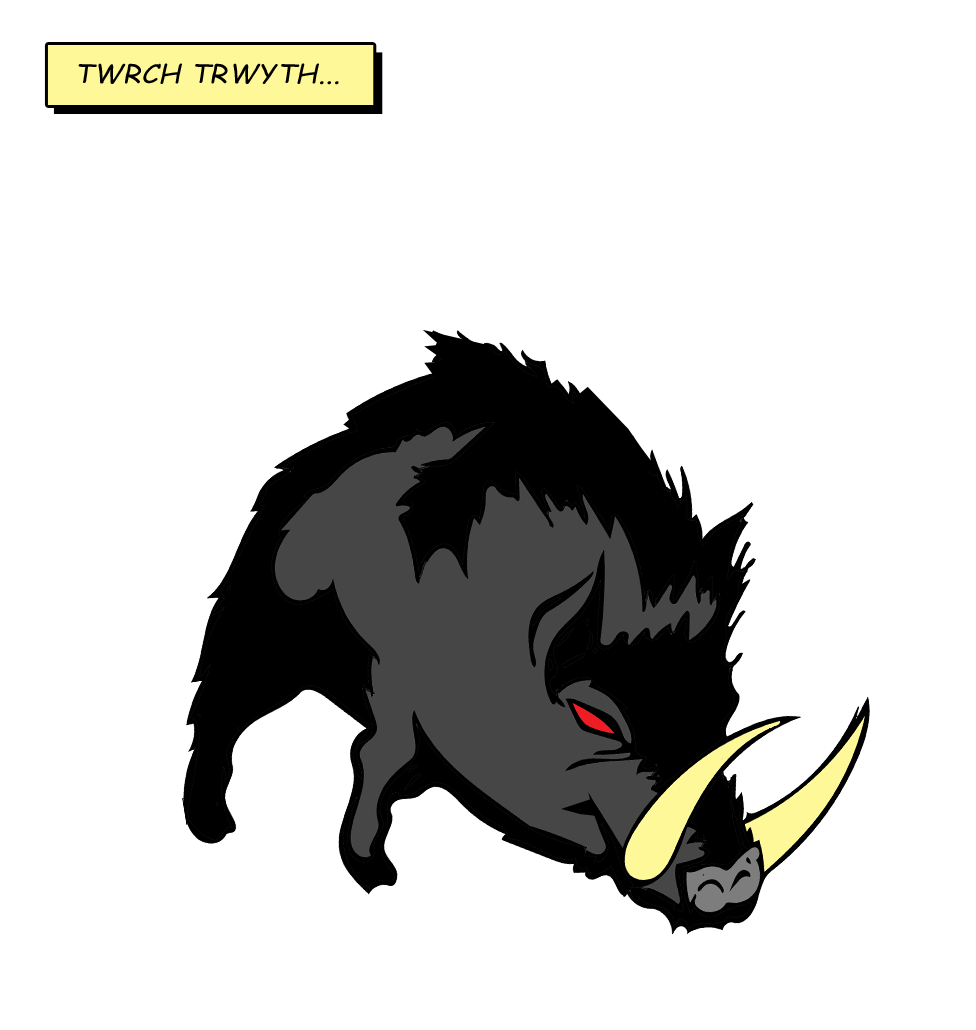
The boar, accompanied by seven piglets, runs amok after landing in Porthclais, near Haverfordwest, Pembrokeshire, before destroying vast swathes of Ceredigion and Carmarthenshire and killing many of Arthur's pursuing champions.
It is so powerful, even Arthur cannot kill it, although he does manage to fulfil his quest.
There are also the Hounds of Annwn, which are first encountered by Pwyll, Prince of Dyfed, in The First Branch of The Mabinogion.
The dogs, which belong to the lord of the other world, Arawn, are depicted as "gleaming, shining with their ears red".
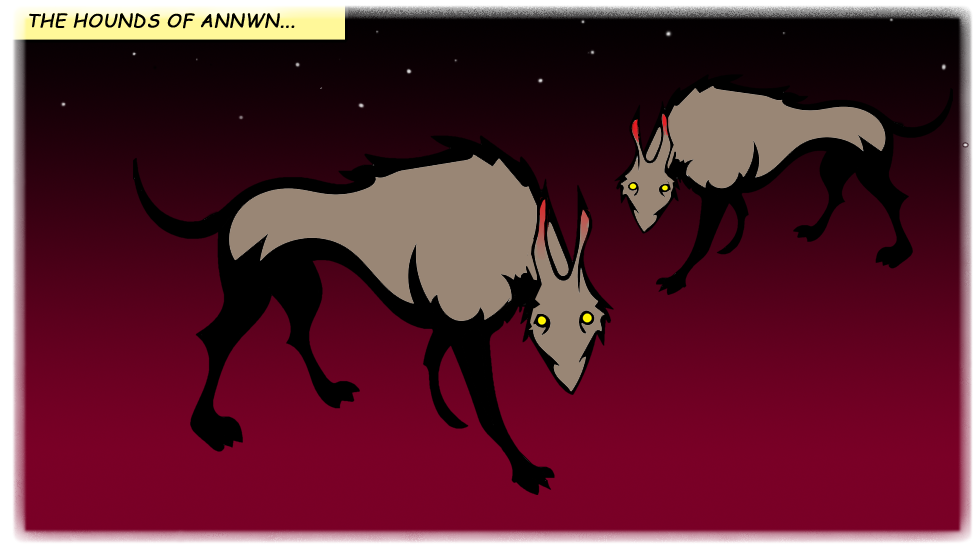
"Animals which are two colours are considered uncanny," Dr Wood explained. "They can be full of portent, but they can also be lucky."
The Mabinogion's most spiritual of creatures, the Birds of Rhiannon, can "wake the dead and lull the living to sleep", appearing far away at sea while their song sounds very near.
"When they sing people go into this other-world state. Unlike the real world, they don't have any bad memories," Dr Wood explained.
"You don't age and you don't feel fear, but you don't progress as well."

And Dr Wood said the mythical birds of yore have given their modern-day cousins an ambiguous if not disquieting reputation in the Wales of today.
"People do have this sense that birds or robins are linked with death and are reluctant to have them in the house. Even if it's having patterns of birds on curtains.
'Through the generations'
"It's surprising how strong that is."
While the oral tradition in Wales has been largely eroded, it has not entirely disappeared.
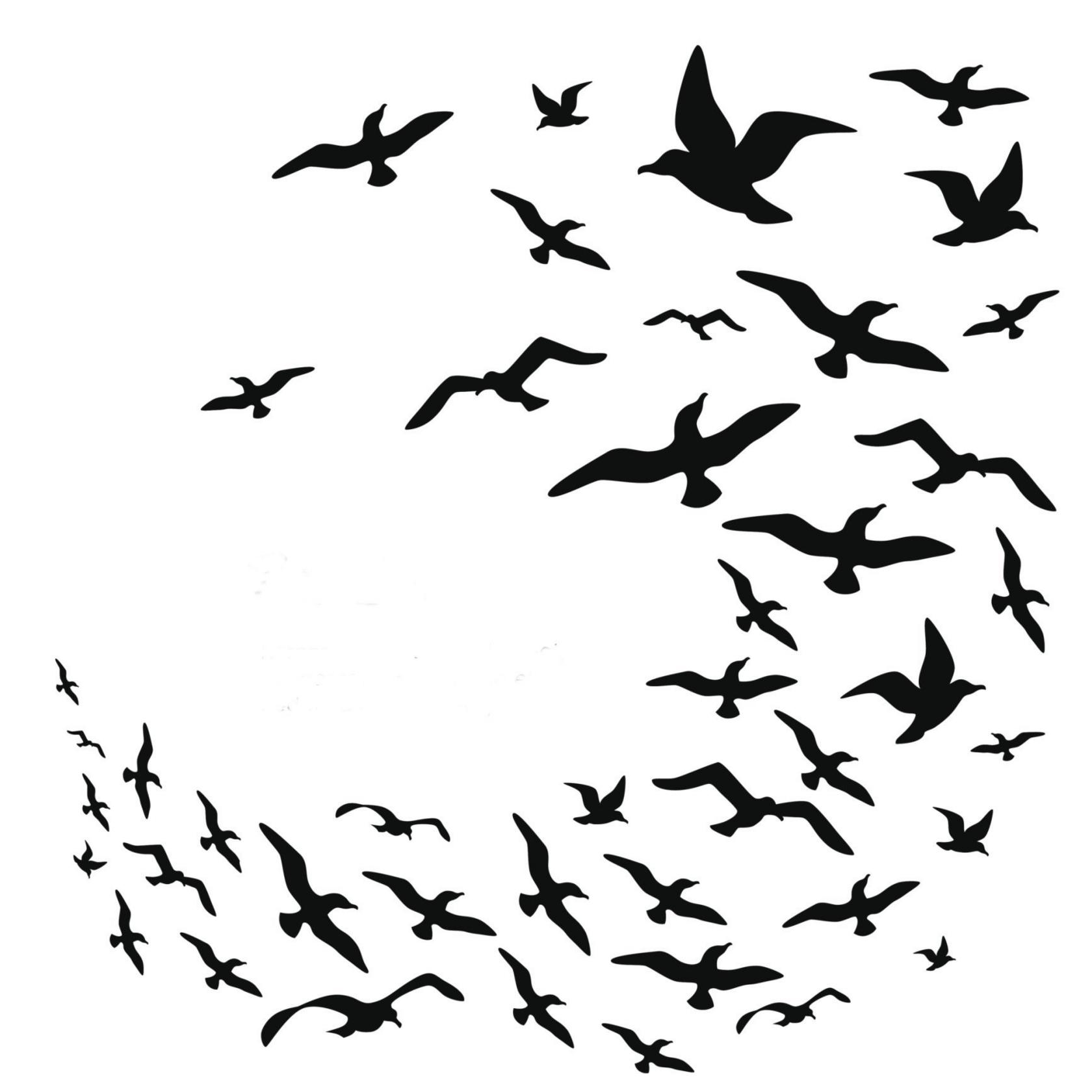
"People will say: 'My nain (a Welsh word for grandmother) told me about it'. There's still this sense that culture is coming down through the generations over time," she added.
The tales of The Mabinogion were mainly found in two manuscripts, The White Book of Rhydderch and The Red Book of Hergest.
The term Mabinogion is said to derive from the Welsh word "mab", meaning son or boy, with some suggesting this implies these were tales for boys.
However, it has also been argued the name related to "stories of youth" or simply a tale or story.
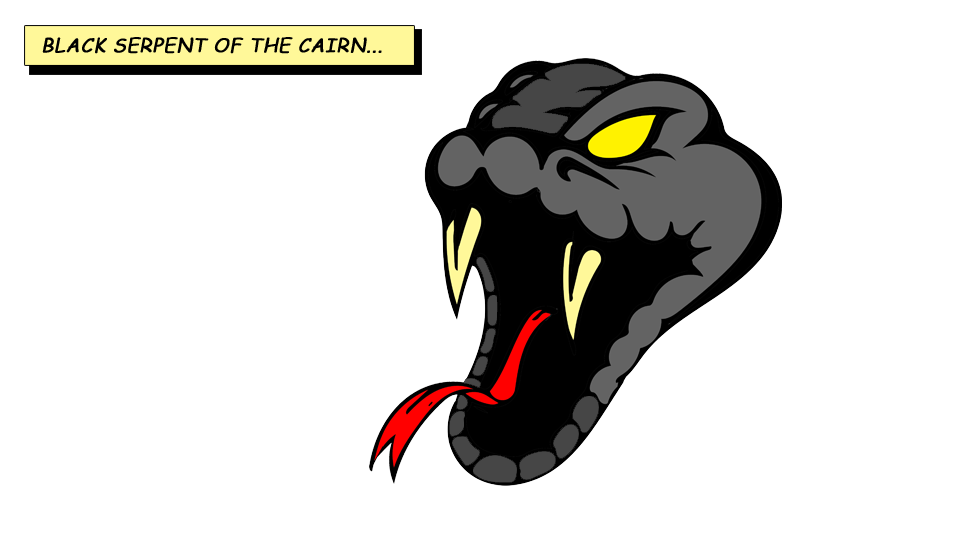
But what can the modern Welsh reader take from The Mabinogion's tales of "carousing and drinking", of brave deeds and warriors overthrown, of courageous knights and fair maidens, of protean brutes and fantastic beasts?
"They are just wonderful, wonderful stories, which are beautifully crafted," Dr Wood said.
"You never lose the tradition, the tradition may change - and in this case it has changed dramatically - but it never goes off completely.
"And I think this is part of The Mabinogion. It allows Welsh people to connect to a heritage they know was once theirs."

Artwork & Images by Michael Burgess
Video by Philip John
- Published24 September 2014
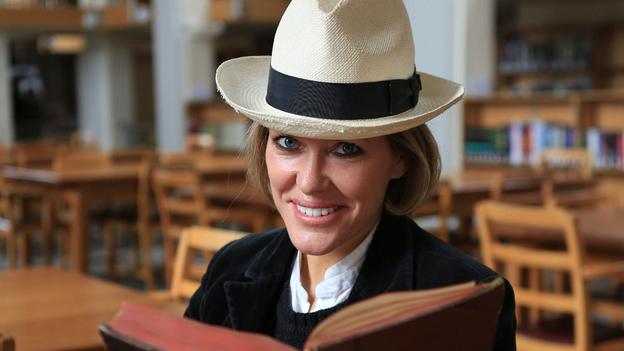
- Published2 June 2010